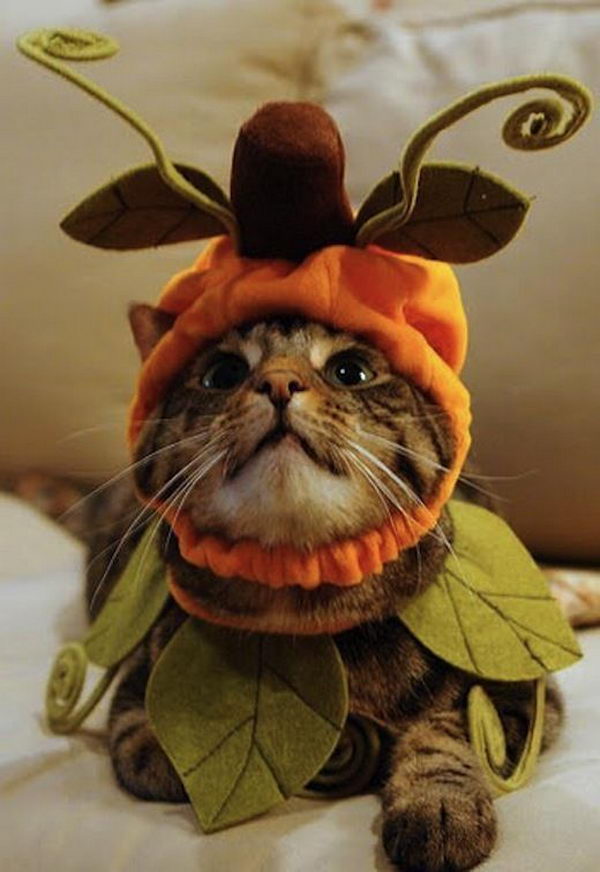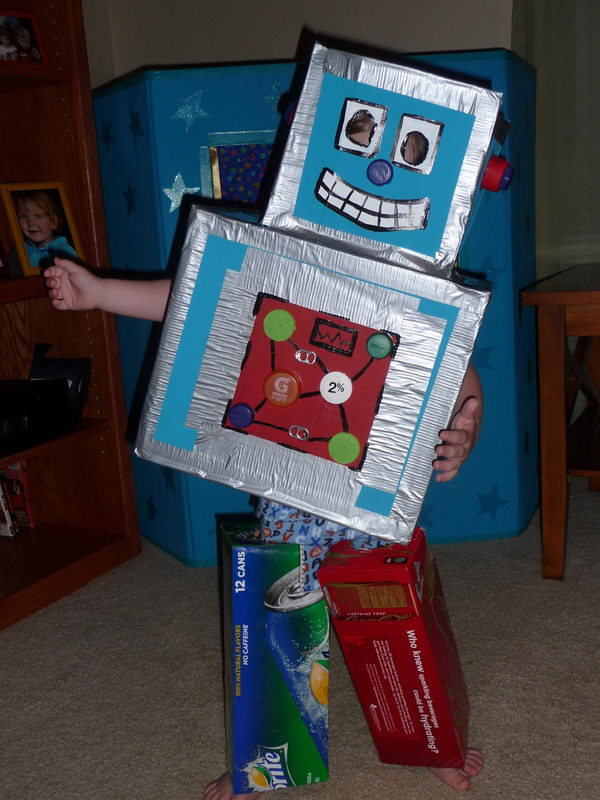
He explained that the depth arose from differences in the horizontal positions of the images in the two eyes. It was not until 1838 that the Charles Wheatstone published an example of cooperation between the images in the two eyes: stereopsis (binocular depth perception). However, Porta saw competition between images viewed by the two eyes, binocular rivalry. This is an early example of dissociating vergence from accommodation-a necessary ability for seeing autostereograms. He was able to read one of the pages, the other being invisible, and switch "the visual virtue" to read the other page, the first becoming invisible.

In 1593, Giambattista della Porta viewed one page of a book with one eye and another page with the other eye. An image designed for wall-eyed viewing if viewed correctly will appear to pop out of the background, whereas if viewed cross-eyed it will instead appear as a cut-out behind the background and may be difficult to bring entirely into focus. Wall-eyed viewing requires that the two eyes adopt a relatively parallel angle, while cross-eyed viewing requires a relatively convergent angle. Most autostereograms (including those in this article) are designed to be viewed in only one way, which is usually wall-eyed. There are two ways an autostereogram can be viewed: wall-eyed and cross-eyed. When viewed with the proper vergence, an autostereogram does the same, the binocular disparity existing in adjacent parts of the repeating 2D patterns. A stereoscope presents 2D images of the same object from slightly different angles to the left eye and the right eye, allowing us to reconstruct the original object via binocular disparity. A hidden 3D scene emerges when the image is viewed with the correct vergence.Īutostereograms are similar to normal stereograms except they are viewed without a stereoscope. In this type of autostereogram, every pixel in the image is computed from a pattern strip and a depth map. The well-known Magic Eye books feature another type of autostereogram called a random dot autostereogram, similar to the first example, above. When viewed with proper vergence, the repeating patterns appear to float above or below the background. The simplest type of autostereogram consists of horizontally repeating patterns (often separate images) and is known as a wallpaper autostereogram.

To illustrate the depth for such people, the second image has had the binocular parallax replaced by motion parallax: the alteration in the position of points in the scene at different distances from a viewer's eyes as the viewer's head moves. The illusion is one of depth perception and involves stereopsis: depth perception arising from the different perspective each eye has of a three-dimensional scene, called binocular parallax.Ībout 5% of people have disordered binocular vision that prevents them from seeing the depth in autostereograms or in conventional stereograms viewed through a stereoscope. Most people with normal binocular vision are capable of seeing the depth in autostereograms, but to do so they must overcome the normally automatic coordination between accommodation (focus of the eyes) and horizontal vergence (angle of the eyes). The top and bottom images produce a dent or projection depending on whether viewed with cross- ( ) or wall- ( ) eyed vergence.Īn autostereogram is a single-image stereogram (SIS), designed to create the visual illusion of a three- dimensional ( 3D) scene from a two-dimensional image.


 0 kommentar(er)
0 kommentar(er)
